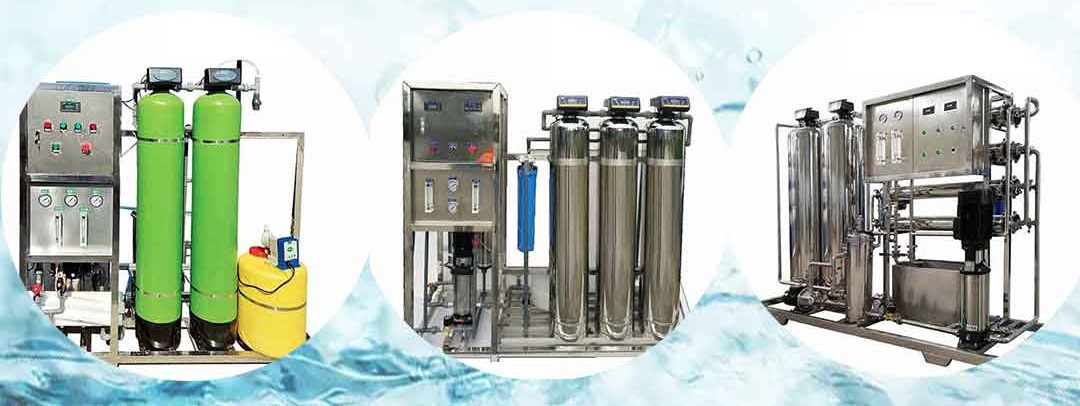News
Detailed explanation of the recovery rate of reverse osmosis membrane system

When using reverse osmosis membranes to treat raw water, the recovery rate of the membrane system is an important performance indicator, which usually receives great attention. A high recovery rate indicates a strong water output capacity. What is the recovery rate of the reverse osmosis membrane system? The following is a detailed explanation by HID RO MEMBRANE:
1. What is the recovery rate of the reverse osmosis membrane system?
The recovery rate refers to the percentage of the influent water in the membrane system that is converted into product water or permeates, which is determined by the pretreatment influent water quality and water requirements.
2. Recovery rate algorithm of the reverse osmosis membrane system
The recovery rate of conventional single-branched reverse osmosis membrane elements depends on the quality of influent water, and the recovery rate ranges mostly between 12%-50%. The recovery rate of conventional reverse osmosis membrane systems also varies from 30% to 90% depending on the scale of the system and the quality of the raw water.
The calculation formula of the recovery rate is as follows:
R%=Fp/Ff×100%
In the formula:
Ff ---- reverse osmosis membrane (system) inlet water flow rate (m³/h)
Fp ---- Water flow rate of reverse osmosis membrane (system) (m³/h)
R ---- Recovery rate of reverse osmosis membrane (system)
Through the determination of the recovery rate of the reverse osmosis membrane system, the concentration multiple of the salt content of the raw water in the reverse osmosis system can be roughly calculated. The concentration multiple refers to the concentration of the substance concentrated in the concentrated water in the reverse osmosis membrane system and the content of the same substance in the feed water. The ratio is also called the concentration factor of the reverse osmosis system. Increasing the concentration factor can increase the utilization rate of water, but it will increase the hardness of the water and easily cause scaling. Therefore, understanding the concentration factor of the system is very helpful for us to understand the fouling and pollution of the concentrated waterside.
The calculation formula of the system concentration factor is as follows:
CF=1/(1-R)
Where: CF ---- concentration factor
R ---- Recovery rate of the reverse osmosis system
It can be seen that the concentration factor of raw water increases as the recovery rate increases, and when the recovery rate is greater than 75%, the increasing trend of the concentration factor becomes faster and more obvious.
3. Is the recovery rate of the reverse osmosis membrane system as high as possible?
The higher the recovery rate of the system, the less concentrated water discharge, but too high recovery rate will cause the degradation of the water quality. Increasing the recovery rate of the system will increase the concentration difference on both sides of the reverse osmosis membrane, resulting in an increase in the salt content of the product water; an increase in the recovery rate will also cause the net driving pressure of the system to drop, and ultimately lead to a decrease in the water production of the system. Water production must increase the operating pressure of the system, leading to an increase in system operating costs. Therefore, the recovery rate should be set according to the conditions of the reverse osmosis system, not the higher the better.
4. the upper limit of the recovery rate of the reverse osmosis membrane system
The recovery rate is not the nature of the reverse osmosis membrane, but the result of the designer's balance of the product water quality requirements and the size of the concentrated water flow. The upper limit of the recovery rate is determined by two factors: the tendency of raw water scaling and the tendency of concentration polarization on the membrane surface. Therefore, before setting the system recovery rate, it is necessary to confirm whether insoluble salts (such as CaCO3, CaSO4, BaSO4, SrSO4, SiO2, etc.) will scale on the surface of the reverse osmosis membrane. When the ion product of the insoluble salt in the solution is greater than its solubility product, the precipitate may be precipitated from the solution, and the recovery rate corresponding to the maximum concentration of concentrated water that guarantees no precipitation is the upper limit of the system recovery rate.

